All about pan diameters
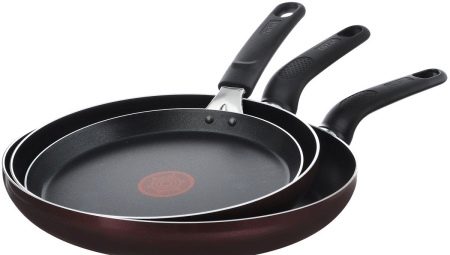
The frying pan is an irreplaceable assistant in the kitchen. Each housewife is faced with the problem of burnt meat, pancakes adhering to the surface or poorly cooked vegetables. Several types of cookware are required to prepare various dishes. Each product needs its own degree of roasting, stewing or cooking - it depends on the quality of the dish material, the thickness of the bottom, the height of the sides of the pan and the diameter of the surface. From this article you can find out what the sizes of such dishes are and how to correctly measure the diameter of the pans.
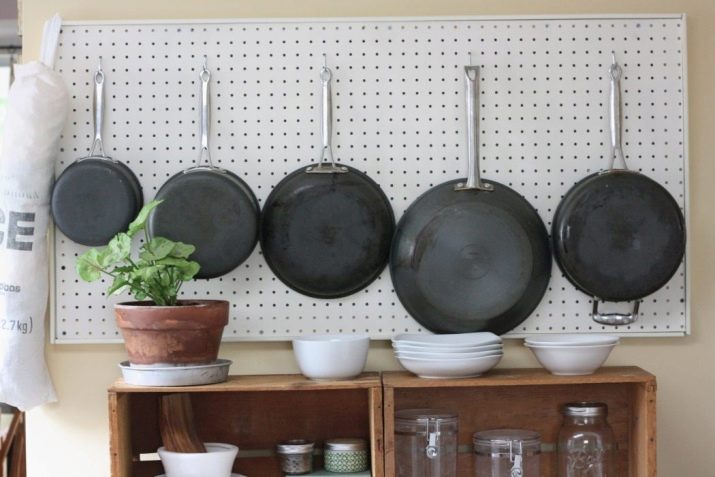
How to measure?
You need to figure out how to measure the diameter of the pan correctly. Most people measure the diameter of pans from the bottom or circumference, and this is considered incorrect as the size is determined from the top of the inside.
The diameter of the product is measured through the center from one side to the other. The diameter of the lid is measured differently: along the outer edge through the center of the pan.
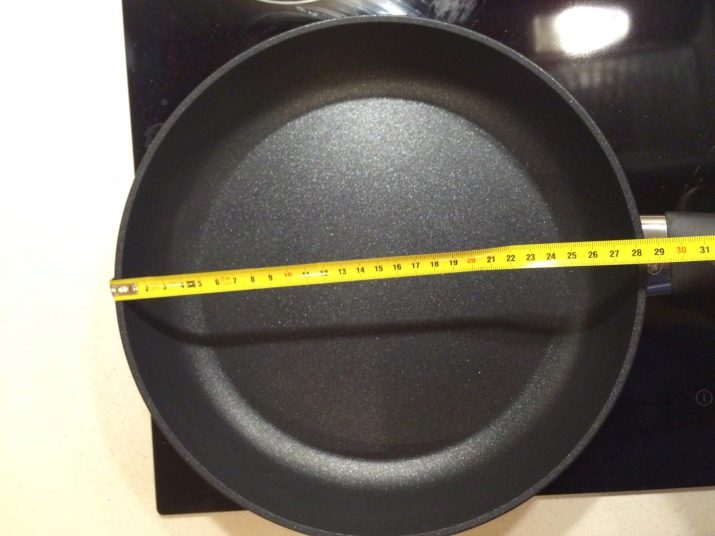
Dimensions (edit)
The standard sizes of frying pans vary from 18 to 32 cm - manufacturers indicate these numbers on the marking. For example, it is convenient to bake pancakes on a surface with a diameter of 20 to 22 cm. It is better to stew or fry meat in a dish with a surface diameter of 30 cm. Each housewife herself chooses the required size of kitchen utensils, depending on the use and preparation of any dishes.

The options for the sizes of the dishes can be found below, although they are usually presented in a special table.
- 18-20 cm... Products with such dimensions are designed for cooking for one adult. Such dishes are designed for stewing vegetables, frying pancakes and fried eggs, for heating a small amount of food.
- 22-24 cm. Usually meat, omelet or potatoes are fried on such products.For sauces, use high-sided pans. Dishes with this diameter are designed for cooking and heating food for one or two people.
- 26-28 cm. On surfaces with this diameter, food is prepared for 3-4 adults. This frying pan is a versatile kitchen helper. On it you can reheat a large amount of food, stew or fry vegetables, meat, cook cabbage rolls or meatballs.
- 30-32 cm. The main purpose of products with such a diameter is cooking for a large family. For such pans, a hotplate up to 22.5 cm is suitable. It is convenient to do absolutely everything in this dish: stew meat or cabbage, fry fish, cook vegetable caviar, sauces or lecho.
Choosing the right pan size is pretty easy. The conclusion suggests itself: small-diameter products (18-20 cm) are suitable for heating food or baking pancakes, omelets or pancakes, and dishes from 22 to 32 cm in diameter are intended for cooking and heating food for a large family or company.
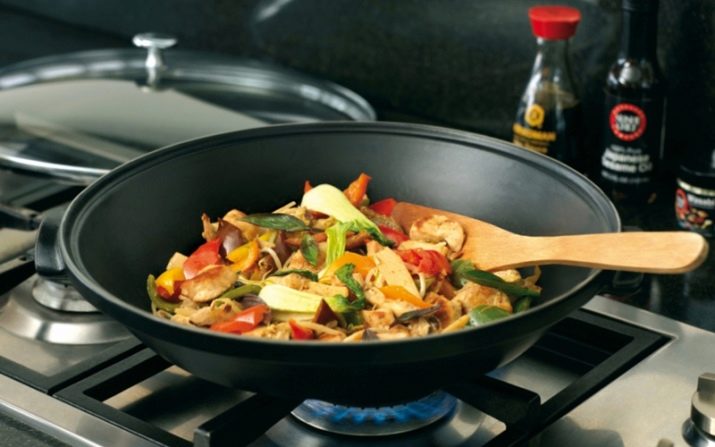
Views
The most common classic product is made with high and low sides, depending on the type of food to be prepared. You can cook absolutely anything in a frying pan: fish, meat, cutlets, pancakes, omelet or scrambled eggs. For the preparation of sauces and lecho, an ordinary frying pan is replaced with a saucepan.
There are also Chinese wok pans. In such products, you can fry and stew meat, cook fish and vegetables. The walls of such dishes are concave, the bottom surface is rather wide.
A wok pan will do for cooking pasta, meat, fish dishes, pilaf and lecho. Even heat and heat will give crumbly food the perfect taste. The only drawback is that you need to stir the food on time, otherwise the food may burn or stick to the surface.
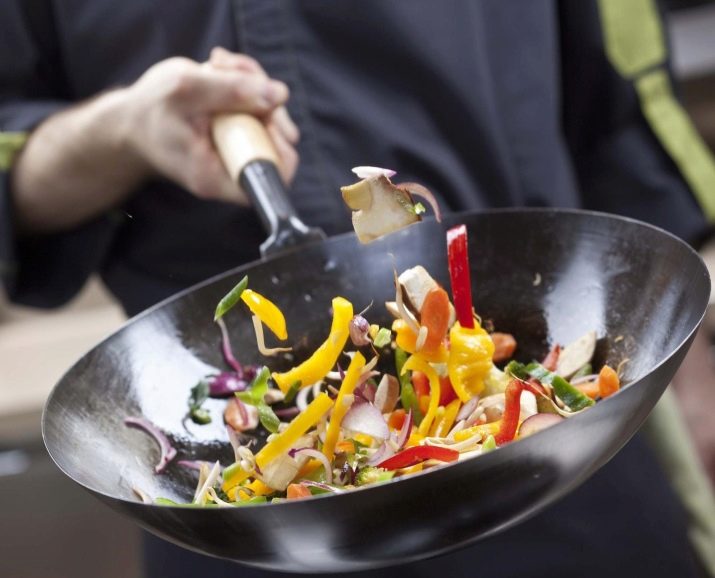
Grill pan - this is another type of such dishes. It has a ribbed bottom. When cooked, the butter spreads over the ribbed surface and fills in the gaps between the metal ribs. The food is fried in the same way as on the grill. The food is very juicy.
Another option for preparing food is brazier. Such a product is quite heavy. The bottom of the cookware is made of dense metal.
Warming up and cooking of food takes place evenly. Foods retain their beneficial properties, and food does not stick to the surface. This dish is suitable for baking and stewing a variety of dishes.
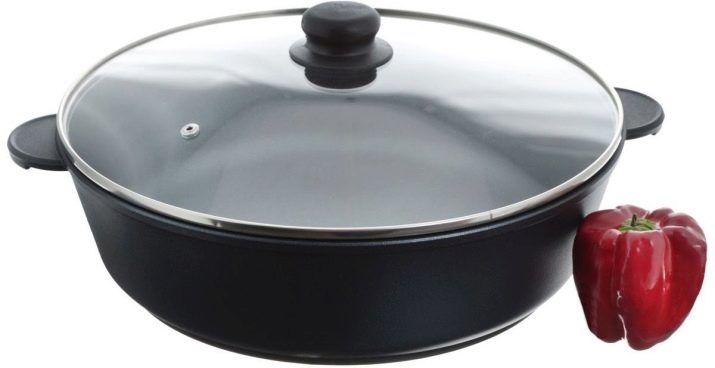
Hob compatibility
Technologies do not stand still: now on the home appliance market there are quite a few options for stoves for the kitchen. The dimensions of the hotplates and the properties of the hobs also differ.
There are several options for stoves:
- with gas burners;
- with glass-ceramic coating;
- induction;
- electrical.
Every housewife is familiar with a gas stove. Cooking takes place on an open fire. Heating is uniform over the entire surface.
To cook food on gas stoves, you need to choose a pan with a raised bottom - this approach will ensure uniform heating of the food.
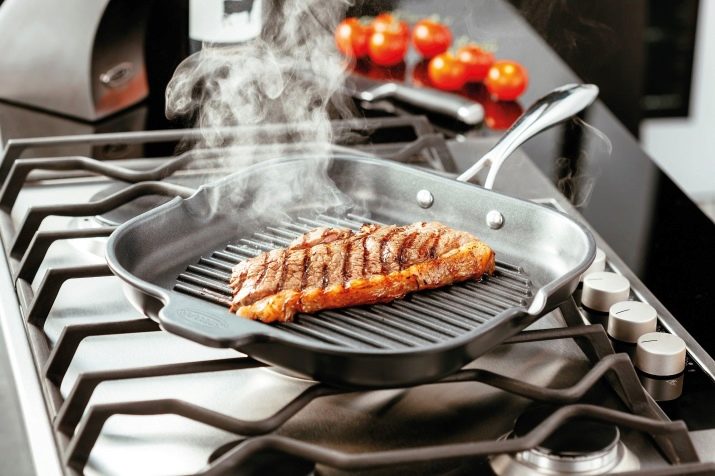
The glass-ceramic hobs also allow the surface of the pan to be heated evenly. For this type of plate, dishes with a flat bottom are suitable. It should be borne in mind that when using these stoves, it is worth lifting the dishes and rearranging them from place to place. It is not necessary to move the frying pan or other product with sliding movements, as this can damage the glass-ceramic.
Cookware of a special category is used for cooking on induction hobs. Products must have a bottom with electromagnetic properties - this will ensure that the dishes are magnetized to the surface of the stove.
Any pans can be used on electric stoves, but only except those made of uncoated aluminum. An important feature of choosing a frying pan for such stoves is the compatibility of the sizes of the frying pan and the hotplate.
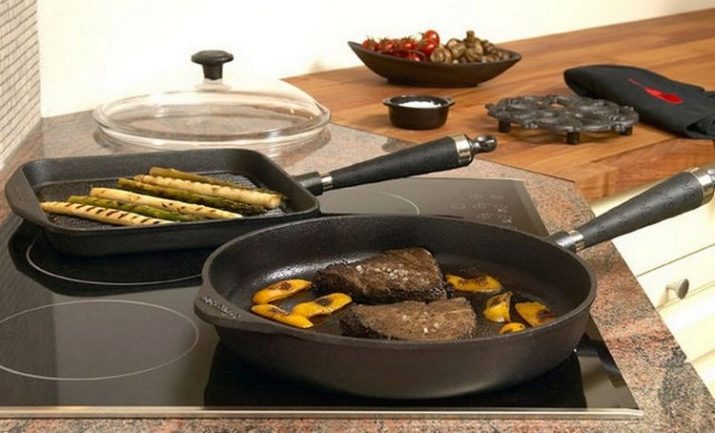
How to choose?
Below are the main aspects of choosing quality cookware.
- Cover (sometimes included). You should immediately purchase a lid if it does not come with the pan. Its dimensions are often the same, but it may not fit all models.
- The presence of a valve on the cover for air release.
- Detachable handle.
- Heating indicator that informs about the start of cooking.
- Drawing on the bottom in the form of a relief. It will relieve food burning and ensure uniform heating of the surface.
- A device that measures the temperature on the surface of the cookware.
To the above points, it is worth adding dishwasher compatibility.
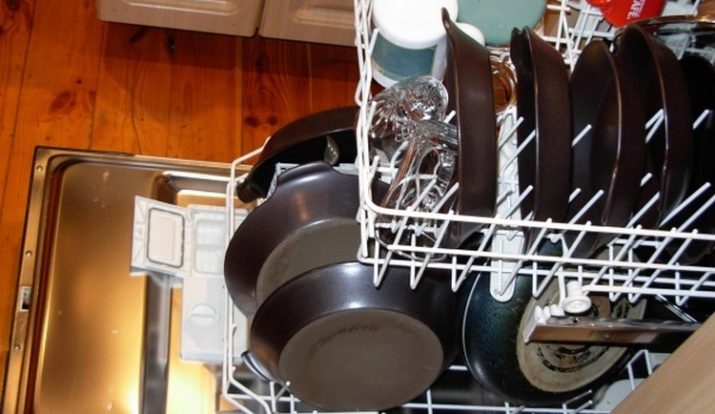
Recommendations
Of course, the choice of a pan of a certain diameter depends on many factors: the number of people in the family, preferred dishes, the type of stove on which the cooking process will take place.
Below are a few things to know when choosing a frying pan:
- the size of the burners on the stove;
- hob properties;
- the average size of the diameter of the dishes is 18-22 cm;
- the average height of the sides of the product for cooking is 3 cm.
Pay attention to the thickness of the bottom of the pan. The minimum thickness of the bottom of a product made of high-quality metal should be from 3 to 4 mm. Such dishes are more suitable for baking pancakes, pancakes and omelets. The dense metal is evenly heated, which promotes thorough roasting, braising or cooking without burning food.
When choosing a frying pan, you should also pay attention to the handle. Many housewives do not attach much importance to it. But the pleasure of the cooking process depends on a high-quality handle with a convenient shape. There are no special selection criteria here - each housewife is prone to her own specific sensations.
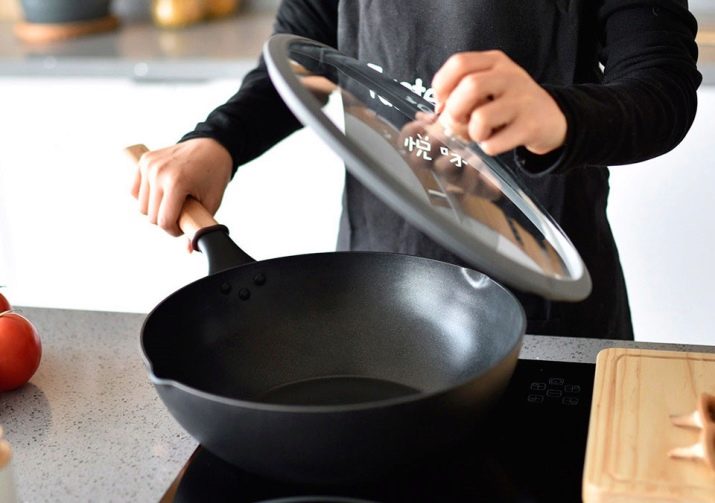
Frying pan handles are divided into several types:
- with rivets;
- with screws;
- cast products.
Riveted handles are not as comfortable to use. Products with screws are more practical to use. There are also one-piece handles that are easy to use and wash.
Plastic options and treated wood handles are excellent choices. Wood and plastic are materials that are resistant to high temperatures.
It is worth noting the options for metal handles - they have a long service life. But they tend to heat up quickly.
You should also pay attention to removable handles for pans. They are very convenient for cooking in the oven - just put the pan in the oven and remove the handle. In this case, potholders for dishes can be omitted.
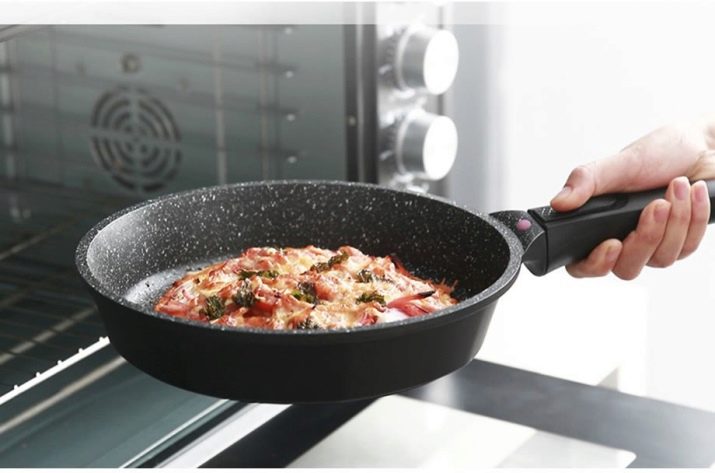
For information on which pans are better and how to choose them, see the next video.








